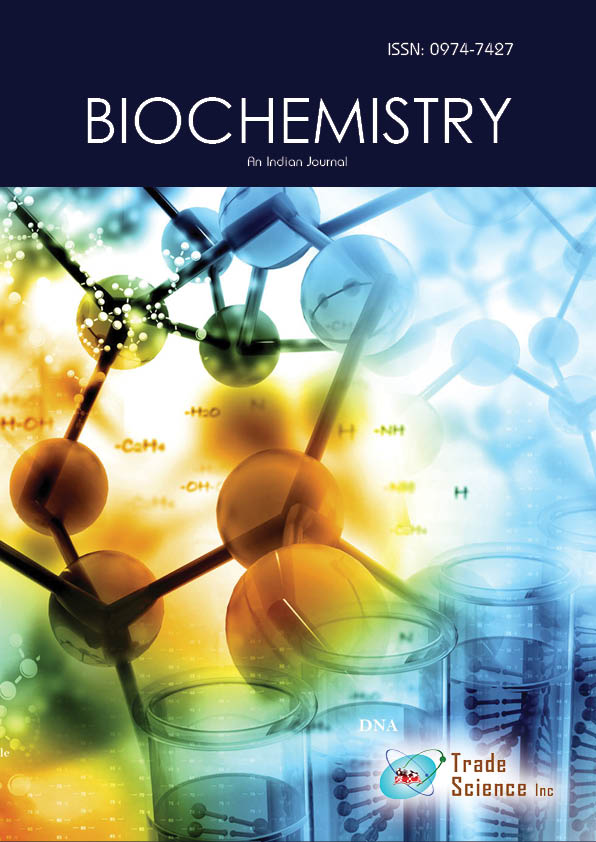अमूर्त
Food Preservation by Using Traditional Techniques and Modern Industrial Techniques
Ludovica Daqun
Food preservation procedures include those that limit the growth of germs like yeasts (although other methods work by adding harmless bacteria or fungus to the food) and reduce the oxidation of lipids that produce rancidity. Processes that prevent aesthetic deterioration, such as the enzymatic browning reaction in apples after they are chopped during meal preparation, are examples of food preservation. Food waste can be decreased by preserving food, which is an important approach to lower production costs and improve food system efficiency, improve food security and nutrition, and contribute to environmental sustainability Many food preservation systems combine many food preservation methods. Boiling (to lower the fruitâ??s moisture content and kill bacteria, for example), sugaring (to inhibit re-growth), and sealing in an airtight container are all steps in the process of preserving fruit by converting it into jam (to prevent recontamination). The quality of food and food systems is affected differently by different food preservation methods. When compared to modern techniques of food preservation, several old methods have been demonstrated to have a lower energy input and carbon footprint. Some food preservation procedures are known to produce carcinogens. Processed meat, defined as meat that has been salted, cured, fermented, or smoked, was classed as â??carcinogenic to humansâ? by the World Health Organizationâ??s International Agency for Research on Cancer in 2015.
